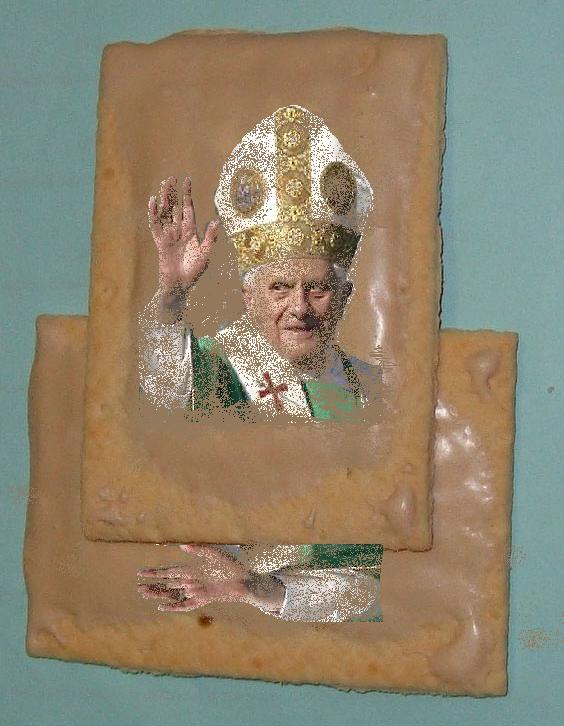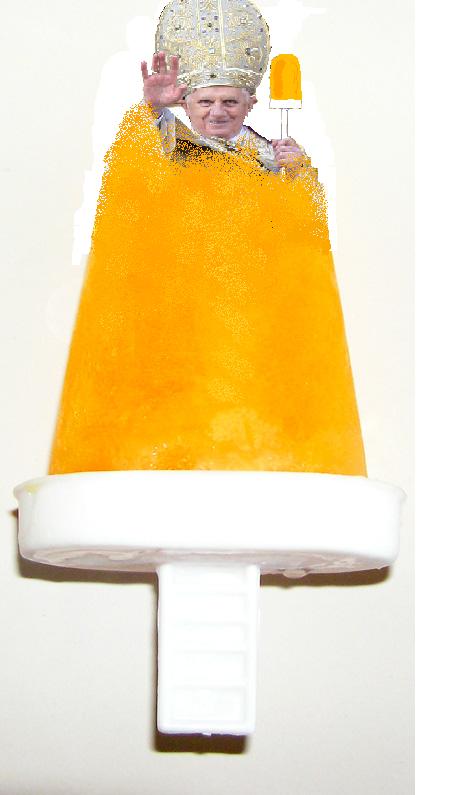Some Christmas Presents
I had a great time this Christmas, some glorious presents from Anja and my parents. Here are a few of the books that I am presently salivating over (yes, and reading)
- Brevard S. Childs, The Church's Guide for Reading Paul: The Canonical Shaping of the Pauline Corpus (Cambridge: Eerdmans, 2008). I must admit that my reading of Childs is extremely limited. Time I changed that.
- Dave Tomlinson, Re-Enchanting Christianity: Faith in an Emerging Culture (Norwich: Canterbury Press, 2008). I have been enjoying this one and only wish it had been written a few years ago when it would have helped me more, though I am still learning from it. While I find myself unable to follow him on certain points on which for me at least he goes too far, his work will be an inspiration for those Christians with a conservative background who are looking to rethink their faith in a more responsible or self-conscious way. To that end there are some real nuggets of wisdom in this book. Actually, I have been surprised by how much I am enjoying it. Just one point: On page 28 he misrepresents Bultmann's project of demythologisation, reading it as a 19th century liberalism, i.e. a stripping of the outer mythic layers to a 'core' message. That ain't quite Bultmann, people!
- Russel D. Moore, et al., Understanding Four Views on the Lord's Supper (Michigan: Zondervan, 2007)
- Michael W. Holmes, The Apostolic Fathers: Greek Texts and English Translations. 3rd Edition (Michigan: Baker Academic, 2007). Reading 1 Clement at the moment and feeling silly I had not read it sooner!
- Markus Bockmuehl and Torrance Alan J., eds, Scripture's Doctrine and Theology's Bible: How the New Testament Shapes Christian Dogmatics (Michigan: Baker Academic, 2008). What an amazing list of scholars and essays! Flippin BRING IT ON!
- D.A. Carson, D.J. Moo, and Leon Morris, An Introduction to the New Testament. 2nd Edition (Leicester: APOLLOS, 2005)
- Raymond E. Brown, An Introduction to the New Testament (London: Doubleday, 1997) – I can't find a Doubleday webpage.
- On a slightly different note: Smallville Season 7. Pluses: Supergirl. Nuff said. Negatives: the character Lana is still slushy romantic bottom lip quivering alive. Maybe she will get a bit less 'about to cry all the time' and thus more tolerable in this series. She is one seriously good actress to pull such a character off! I love this series as you really feel with the lead characters, plus it throws in a lot of imaginative crazy stuff to stop it decomposing into teenage-feeling-fluff. Tom Welling (as Clark Kent), Kristin Kreuk (as Lana Lang), Allison Mack (as Chloe Sullivan) and Michael Rosenbaum (as Lex Luther) manage to make a totally unbelievable world a bit more likely (I'm convinced). I'm watching this together with Battlestar Galactica to top of my spates of dubious time-wasting self-indulgent DVDing.
While I am not as flush with time for general reading as I was this time last year, I have been really enjoying myself for a few days over Christmas. There is no joy like reading a good book.









